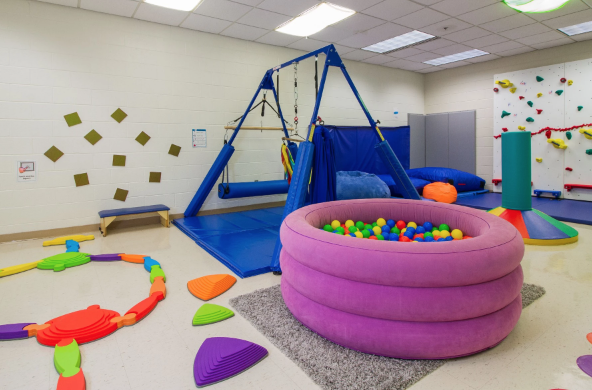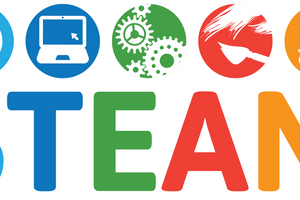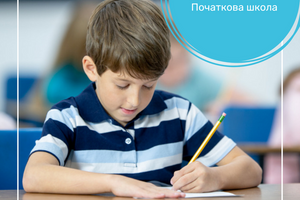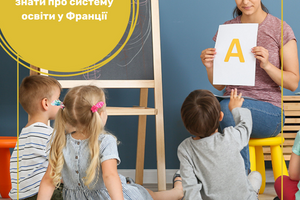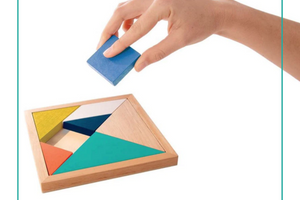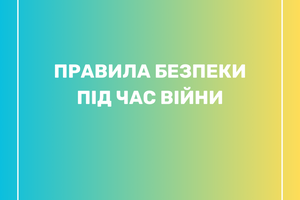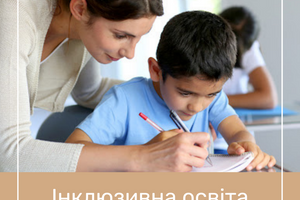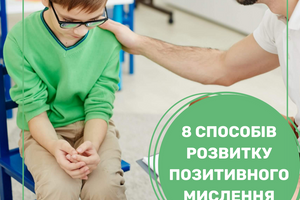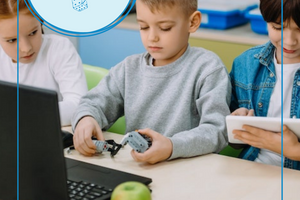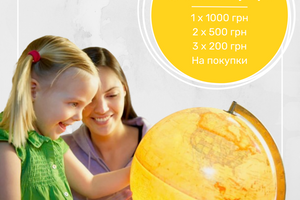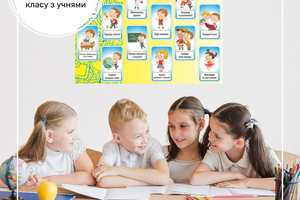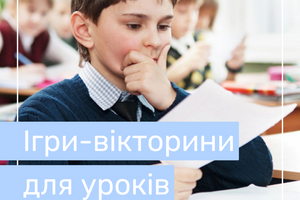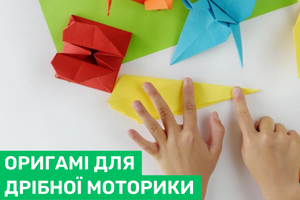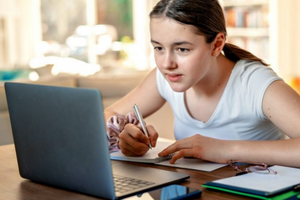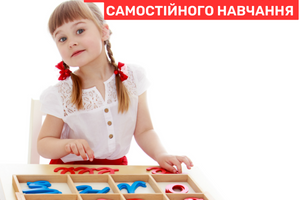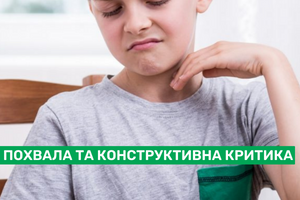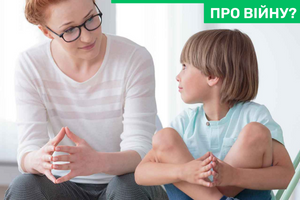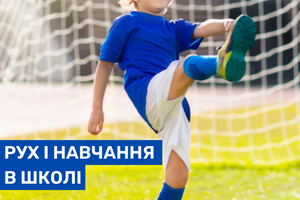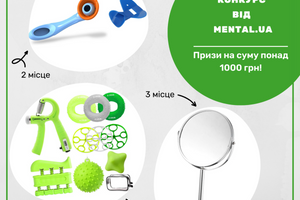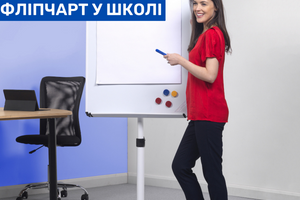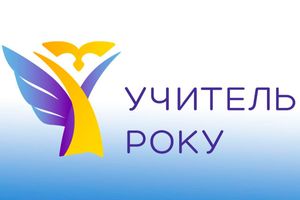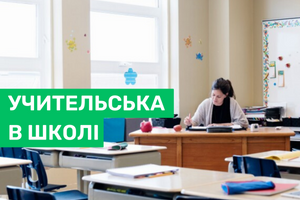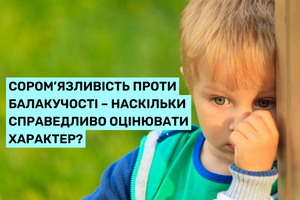Зміст:
- Basic sensory systems.
- Vestibular apparatus - what is it responsible for?
- Vestibular disorders.
- Proprioception - what is it?
- Deep sensitivity disorders.
- Sensor system - characteristics.
- Tactile hypersensitivity.
- Stimulation of the main sensory systems.
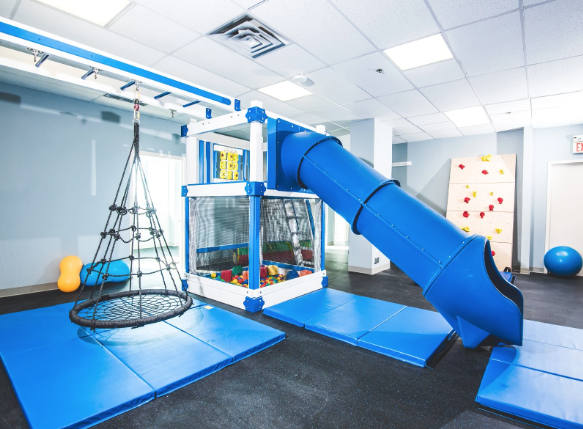
Vestibular,
proprioceptive and tactile systems.
Basic sensory systems.
Sensory integration is the process by which the brain receives information from all the senses, separates it, recognizes it, sifts it, and then integrates it with each other and with previous experience and responds with an adequate response to stimuli. Sense organs are specific sensory systems, that is, neurological connections between a receptor, an afferent pathway, that is, a nerve, basal ganglia, and a cortical center. The greatest importance is given to three systems: vestibular, surface, that is, tactile, and deep sensitivity, which is called proprioceptive.
These are the largest systems (sensory) with a wide influence on the central nervous system. They determine the proper functioning of other systems, such as visual, auditory, gustatory or olfactory systems.
Therefore, three sensory systems: tactile, vestibular and proprioceptive are the basis for the proper development of a child. Correct functioning in the surrounding world depends on their mutual cooperation.
The above-mentioned three main sensory systems have a huge impact on the development of a child's sensory awareness. Their functioning begins very early in life, often in the fetal period.
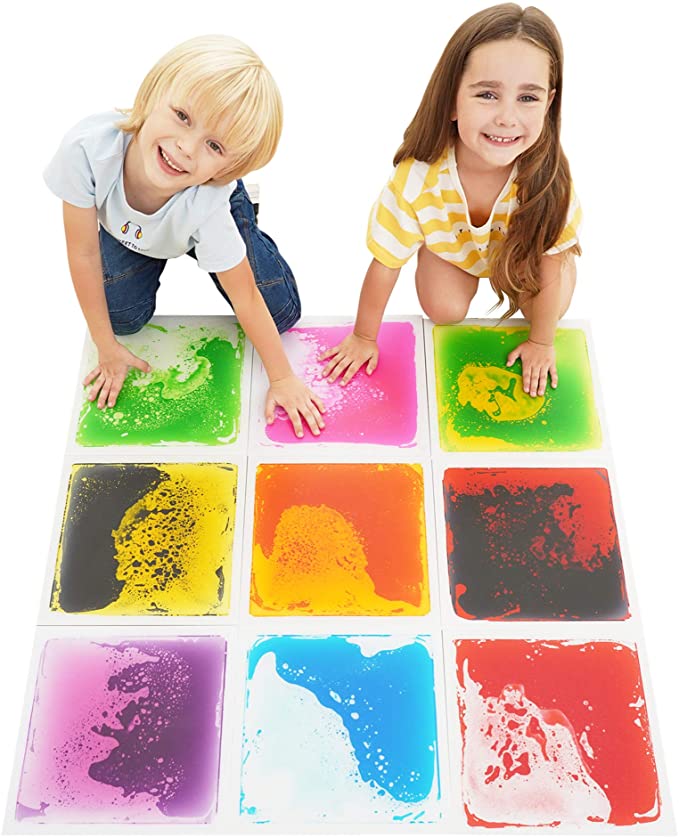
Vestibular apparatus - what it is responsible for.
The vestibular system, also known as the sense of balance, is one of the first developing sensory systems. It has a close anatomical connection with the auditory system, this is due to the location of its receptors - in the inner ear. It is extremely important that the first nerves of the vestibular apparatus are formed in the 10-11th week of fetal life. The vestibular apparatus is fully developed even before the first contact of the child with the surrounding world - on the 5th month of intrauterine life. This 5-month-old, already formed vestibular system begins to "cooperate" with the sensory and autonomic systems, the purpose of which is to perceive and conduct almost all impulses to the brain of the future child.
The vestibular apparatus is responsible for:
obtaining information related to the action of gravity
muscle tension
movement and balance
coordination of movements
preservation of a constant field of vision during head movements
traffic planning
emotional safety
social functioning
affects the development of speech
affects the autonomic nervous system (gastrointestinal tract, vomiting reflex).
The vestibular apparatus records the movement and position of the body, provides information about the position of the head in relation to the forces of gravity, which leads to the activation of postural reflexes. It coordinates the movements of the head, eyes and body. It is thanks to the activity of the vestibular apparatus that we cope with the force of gravity, it forms the relationship of the human body with the force of the earth's gravity, allows us to maintain balance, and also achieve proper muscle tone thanks to close work with reflexes. The vestibular apparatus also contributes to the correct perception of impressions by other sensory systems.
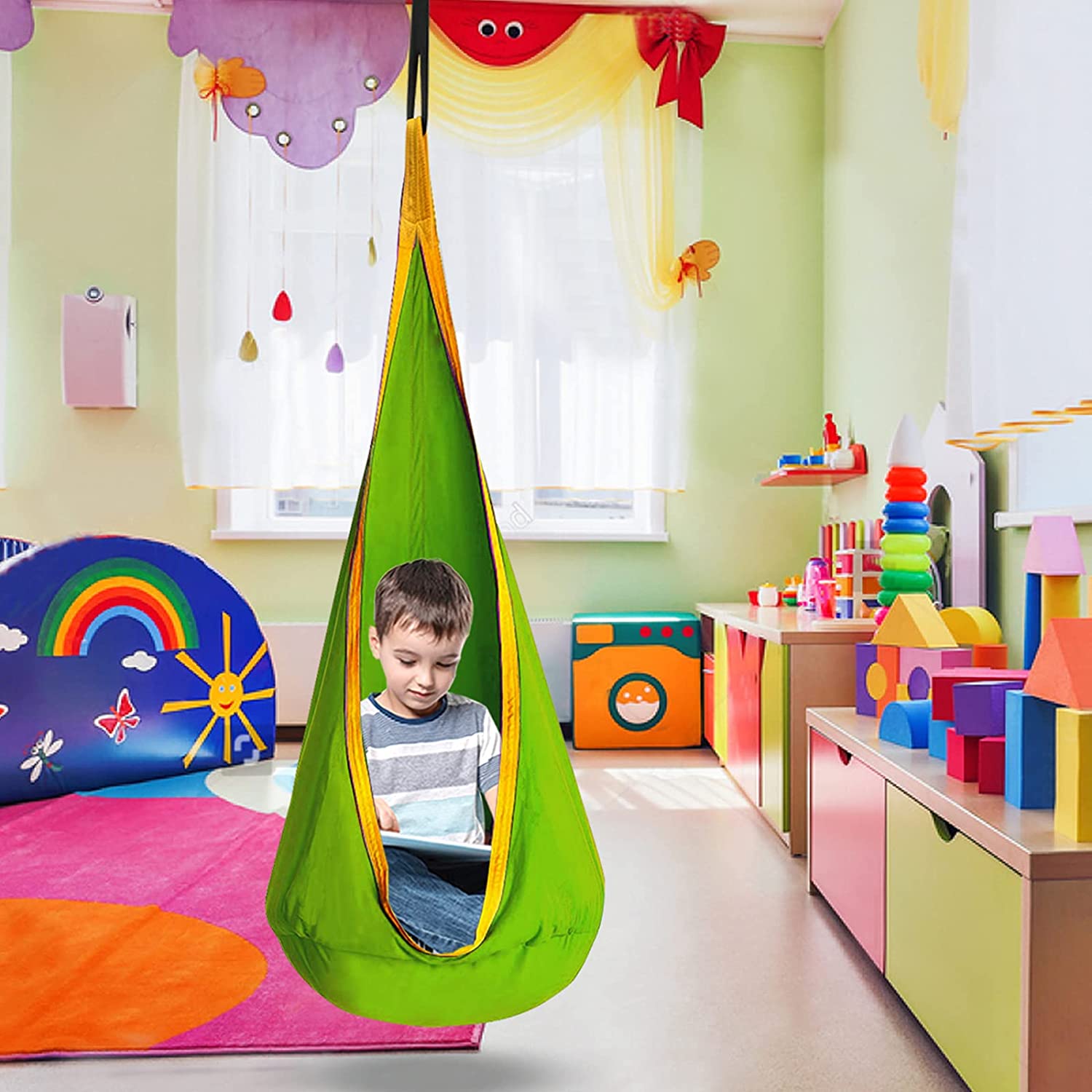
Vestibular disorders.
Disorders in the work of the vestibular apparatus in children can manifest themselves in two ways. The first of them is excessive sensitivity to physical exertion and lack of desire to participate in games and physical exertion. The second way of expressing the immaturity of the vestibular apparatus is the constant desire to find stimuli that stimulate this system. Children who experience this do not seem to get dizzy, for example, when they ride a merry-go-round for a long time. Gravitational uncertainty associated with disorders of the vestibular apparatus is manifested by fear, avoidance of motor activity. Children with this problem do not like, for example, to climb ladders, swing in a rocking chair with their legs raised, etc. In later, adult life, vestibular disorders manifest themselves as frequent dizziness, problems with maintaining balance, and a lack of self-confidence . It happens that even standing or lying down, continuous movement is felt, for example, due to the feeling of floating and swaying, as if on a boat.
Proprioception - what is it?
Proprioception, kinesthesia, and deep sense are terms that refer to the body's ability to identify the position of its own body in relation to space. The word proprio comes from the Latin proprius, which means "to own." The proprioceptive system, also known as the sensory system, is one of the two sensory systems that develops and matures the earliest.
The proprioceptive system is responsible for:
the feeling of the body, the feeling of weight and its individual parts in space
moving parts of the body without visual control
the freedom to perform precise movements
perception of the shape of small objects
perception of mouth organ position during speech body awareness.
Proprioception is the sensory ability to feel oneself. Deep sensory receptors are located in muscles, joints, and tendons, and stimuli from this system are perceived and processed throughout the nervous system. The receptors of the deep sensory system are called proprioceptors. They respond to the processes taking place inside the entire body, they are one of the fastest conducting nerves in the human body. It is thanks to proprioceptors that our muscles and tendons are stronger and more stable. Impulses we feel from outside and inside the body initiate muscle contractions that help us move. Awareness of movement is registered at the culminating and highest level - in the cerebral cortex. Inner self-confidence, perception and awareness of the position of the body in a given position gives us a system of deep senses, thanks to which we can stand without falling or use a pencil.
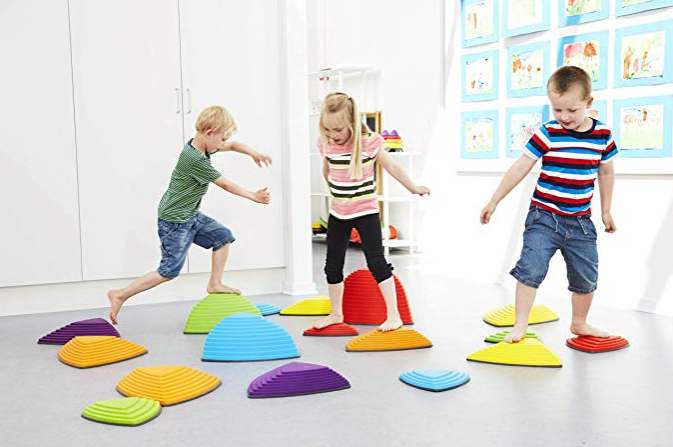
Deep sensitivity disorders.
In children with impaired functioning of the deep sensory system, disturbances in the distribution of muscle tone, weakened body sensations, and general muscle stiffness are observed. They can get tired very quickly or quite the opposite - they can be very active and mobile children, but they do not know how to stop and keep the body in a stable, balanced position. They have problems with controlling the position of the head, maintaining balance, walking, standing and sitting. It is not difficult to notice that a child with impaired proprioception is clumsy, lacks smoothness and coordination of movements.
Sensory system - characteristics.
The tactile system is the largest and earliest system of development in a child. As the name implies, it is responsible for the sense of touch, that is, the ability to perceive and recognize tactile stimuli through the skin. This system allows you to recognize and identify tactile sensations and build your own body diagrams. The tactile system has a great influence on building emotional balance, the ability to concentrate, a sense of security and the functions of the motor system. Thanks to a properly functioning sensory system, we can master activities such as drawing and writing. Covering the entire body, the skin is the largest area of tactile receptors that perceive five types of sensory sensations - surface touch, pressure, pain, heat and cold. A problem directly related to the sensory system is its sensitivity. It is thanks to him that we react differently and with different intensity to sensory impressions that reach us.
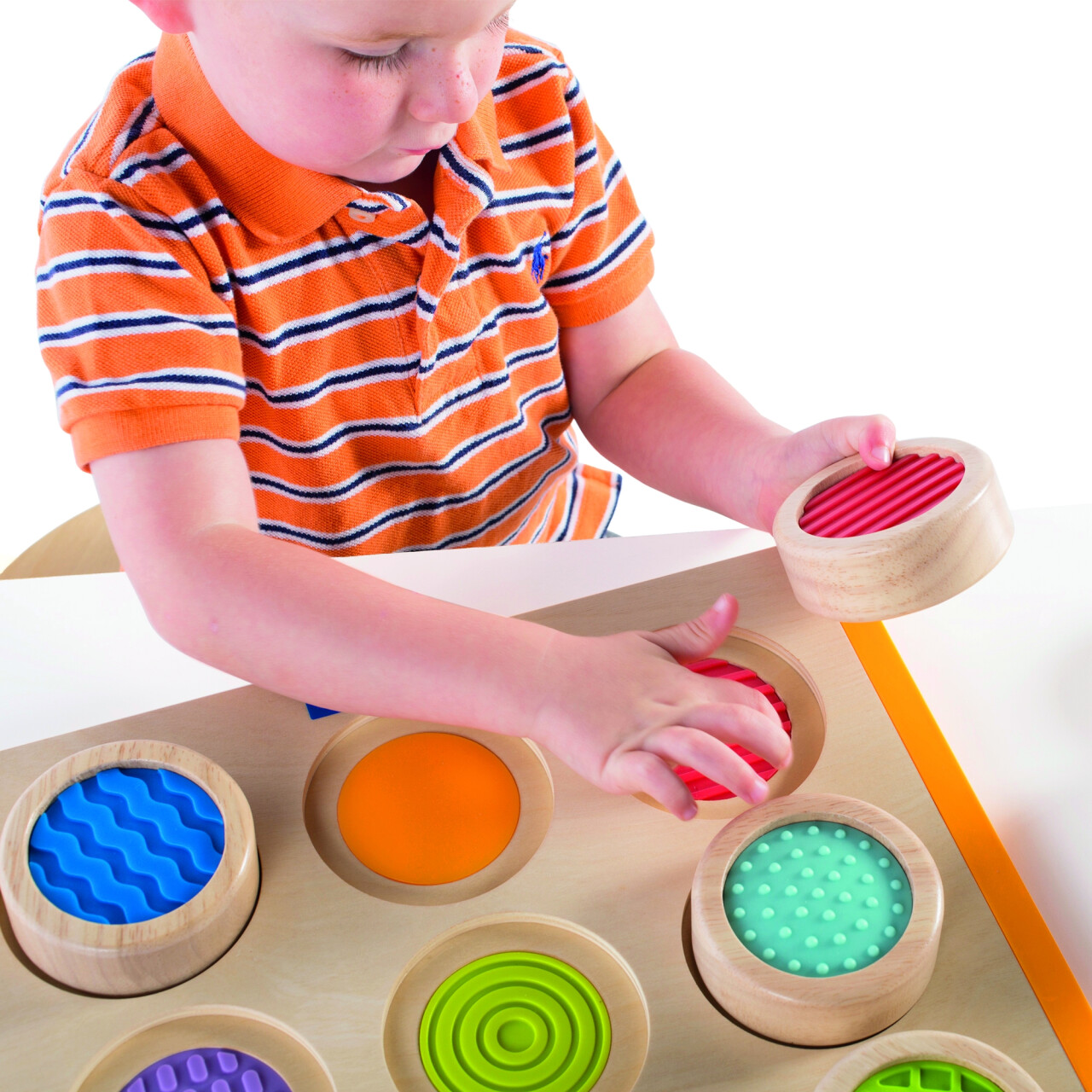
Tactile hypersensitivity.
Some of the interacting sensory impressions can cause the so-called sensory overload. This happens when the stimuli are too strong and intense, or when there are too many of them. What will be seen in such situations in the behavior of children is, among other things: irritability, escape, aggression, psychomotor agitation or difficulty with concentration. It happens that the increased sensitivity to tactile stimuli is so strong that it requires therapeutic help. One of the types of increased sensitivity of sensory impressions is tactile defense, that is, a specific way of the tactile system's reaction to unpleasant stimuli. Tactile protection can take a mild form, for example, sensitivity to clothing labels, but also a serious form, for example, the lack of tolerance for the touch of loved ones.
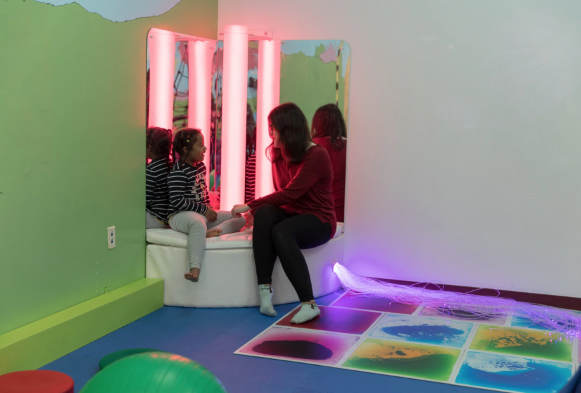
Stimulation of the main sensory systems.
In order for the child's brain to develop well, it is necessary to stimulate the sensory systems. A child's sensory awareness is formed until about 7 years old, so it is so important to provide appropriate stimuli aimed at improving and improving the functioning of sensory systems, which are so important for future, adult life. Sensory integration exercises can be performed both at the therapist's office and at an educational institution or at home.
Vestibular apparatus - exercises.
Rolling on the floor, different textures, wrapping the child in an elastic material, for example, a sleeping mat.
Swinging - on the ball, shuttle - on the back, on the stomach, front-back, on the side.
"Pendulum" - standing position: swaying from side to side, legs wide apart, body weight is transferred from leg to leg.
Roll over - forward, back.
Spinning - on a swivel chair [slow, with a change of direction]
Jumps on a soft surface - from a box, plastic bowl
Jumping over obstacles.
Jumps - with both legs, on one leg.
March - is combined with raising and lowering the head.
Turns along the wall in a standing position: from point A to point B.
Looking far over the left/right shoulder: we show a picture, an object.
Walking on all fours on a soft surface, such as an air mattress.
Beyond storks and swallows.
Walking with a bag on the head forward, backward, sideways.
Walking leg by leg, forward and backward (with open and closed eyes).
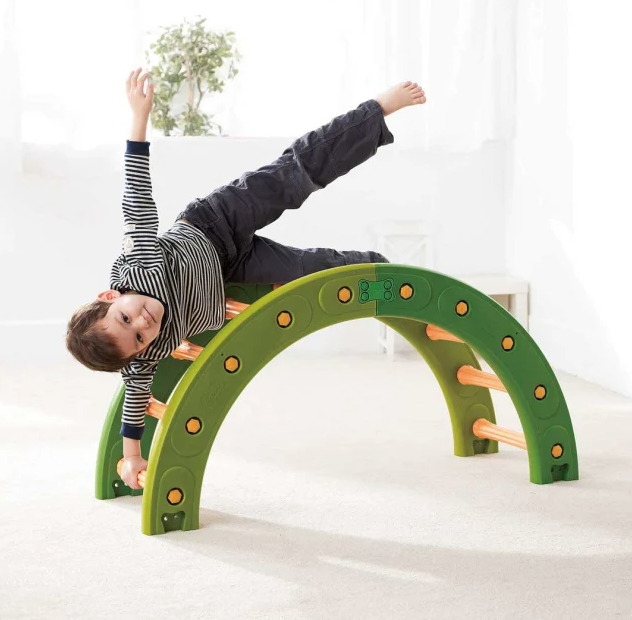
Proprioceptive system - exercises.
Rotation in a circle on the buttocks.
Sliding in a circle on the stomach and back.
Tilts, turns and shaking of the head.
Marching with arms and legs.
Roll back and forth.
The frog jumps.
Descent from the hill.
Riding a scooter, bicycle.
Jumping on jumps.
Climbing the ladder.
Skating on the floor with extended legs and arms
Lying on your back, press your knees to your chest.
Lying on the back: balls or bags
Bouncing a balloon/soft ball in an unusual way: head, elbow, foot.
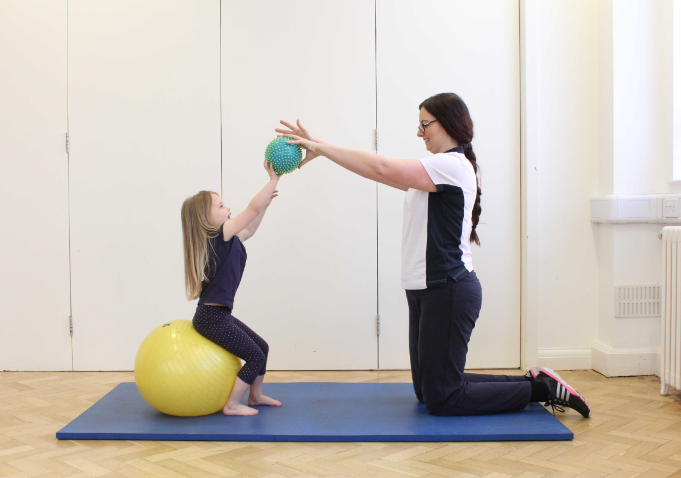
Sensory system - exercises.
Touching hands and forearms with materials of different textures.
"Swimming" in a dry pool, such as a pool with balls.
Search for hidden small objects with different textures, for example in baskets, boxes or containers.
Art works using plasticine plasticine, clay, salt dough, paper pulp or kinetic sand.
Drawing with fingers.
Differentiation of pinching, scraping, tapping, patting.
Thermostimulation: alternating warm and cold gel compresses or bottles filled with warm water on the hands or feet.
Senso-artistic activity.
Walking barefoot along the so-called sensory paths.
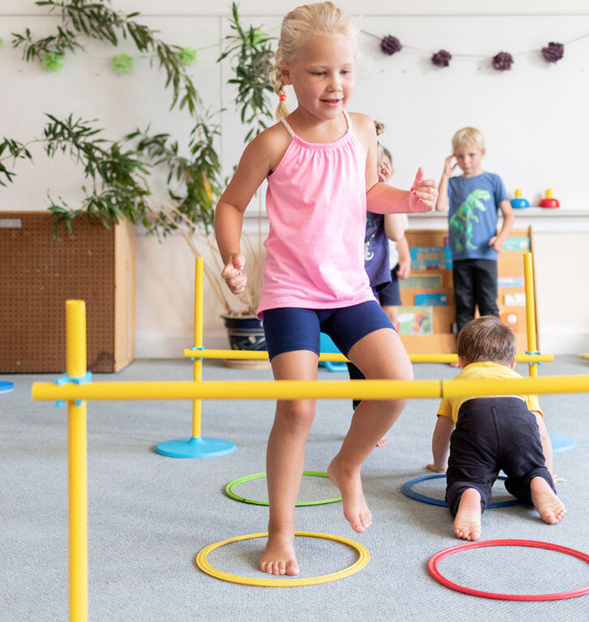
Sensory stimulation exercises are designed to provide the child with a controlled amount of sensory stimulation that affects the vestibular, proprioceptive, and tactile systems.
Sense organs, especially in a child who is just getting to know the world around him, play a huge role. It is thanks to the sensory systems of a small child that he encounters reality from the first days of his life. Correct sensory development determines the effectiveness of functioning in society, correct emotional development, the ability to self-acceptance, confidence in oneself, one's body, and has a huge impact on the future, adult and happy life.
